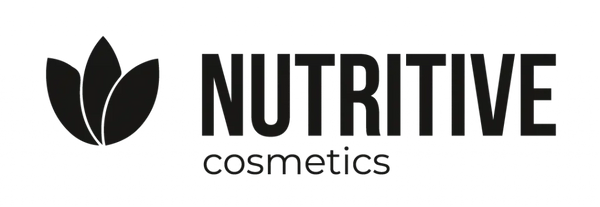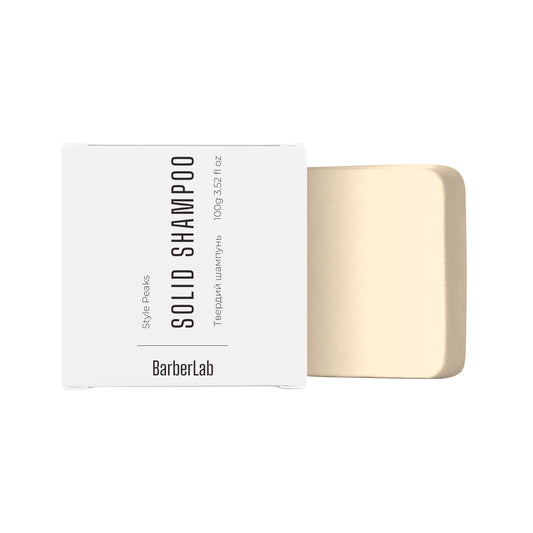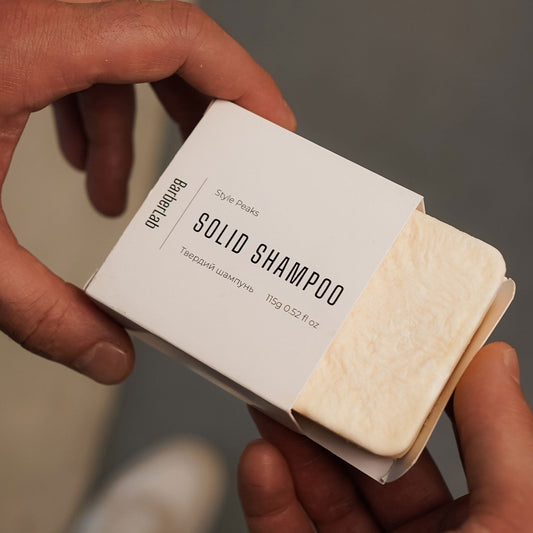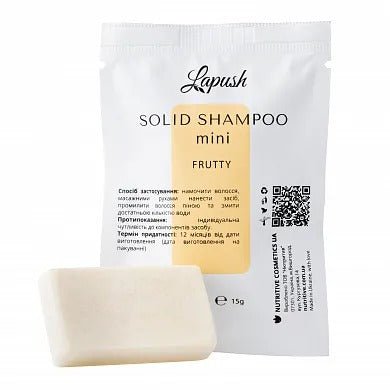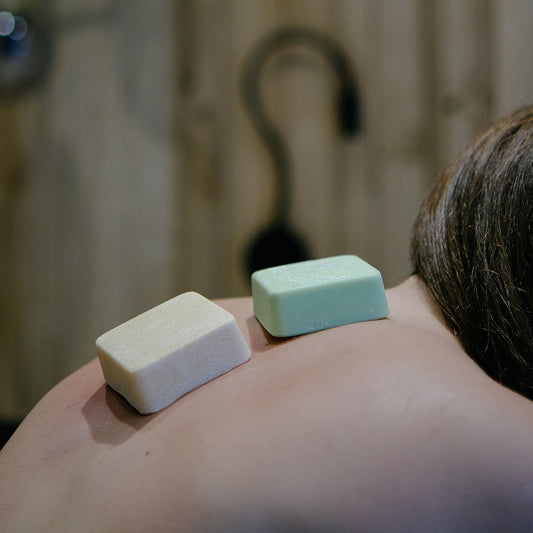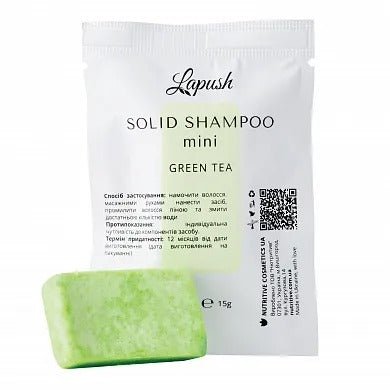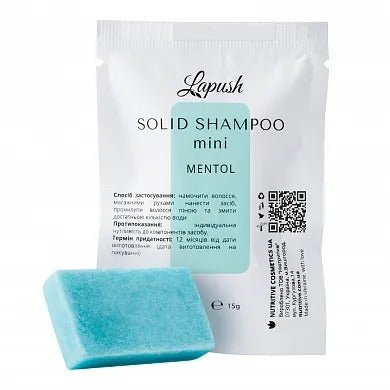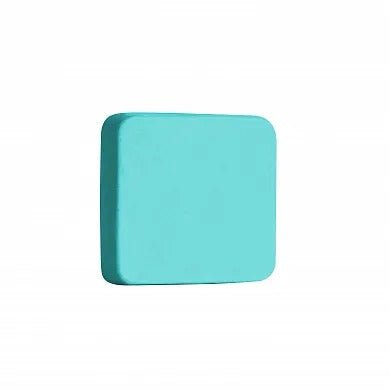
Dry shampoo: hair care without a drop of water
The modern rhythm of life often leaves no time for full-fledged cosmetic procedures, and this is where dry shampoo comes to the rescue - a product that returns freshness and volume to hair in a matter of minutes. This product has turned from a niche novelty into a must-have cosmetic bag for millions of people around the world. In this material, we will take a detailed look at what dry shampoo is, how it works, who it is suitable for, and what secrets of its use will help you get the maximum effect without harming the health of your hair.
What is dry shampoo and how does it work: the science behind convenience
Dry shampoo is a cosmetic product in the form of a spray, powder or foam that cleanses hair without the use of water. Unlike classic liquid shampoo, which washes away dirt and grease with the help of surfactants (surfactants), dry shampoo works on the principle of absorption. Think of it as a sponge that absorbs excess sebum and dirt, remaining on the surface of the hair and scalp.
The main active ingredients of dry formulas are plant-based absorbents. Most often used are rice or corn starch, talc, and kaolin clay. These ingredients have a porous structure that attracts fat molecules like a magnet. When you apply dry shampoo to the roots, the microparticles envelop the hairs, absorb sebum, and create a mattifying effect. After a few minutes, the product is combed out along with the dirt.
Modern formulas also contain additional components: plant extracts to soothe the scalp, vitamins for nourishment, perfumed compositions for a pleasant aroma. Some manufacturers add tinted pigments that match the hair color - this is especially important for brunettes, because classic white powders can leave a grayish coating on dark hair. Understanding the mechanism of action helps to use the product consciously and effectively.

Types of dry shampoos: choosing the perfect format
The market offers several formats of dry shampoo, each of which has its own application features. Aerosol sprays are the most popular option, which provide uniform application and quick effect. They are easy to use, compact, and ideal for traveling. However, it is important to hold the can at the right distance (20-30 cm), otherwise white spots will form on the hair, which are difficult to distribute.
Powdered dry shampoos are a more eco-friendly and economical option. They come in jars with a dispenser or in bulk, resembling face powder. This format gives maximum control over the amount of product and works perfectly with very oily hair, where intensive absorption is required. The downside is that it is more difficult to distribute evenly throughout the head, and requires some practice and accuracy when applying.
Foams and mousses are the newest format on the market, combining the advantages of dry and liquid textures. Such products do not contain water, but have a creamy consistency, which makes them easier to distribute. They are especially suitable for fine, damaged hair that requires delicate care. Tinted versions for dark hair are usually available in aerosol form and contain natural pigments - cocoa, activated charcoal, black rice extract. The choice of format depends on hair type, lifestyle and personal preferences.
Who is dry shampoo suitable for: ideal candidates
Dry shampoo is a real salvation for owners of oily hair, which loses its freshness a few hours after washing. If you have an important meeting in the evening and your hair looks tired - a few clicks of the spray, and your hairstyle is flawless again. This is a product for those who value time: instead of 40 minutes for a full wash, drying and styling, you spend 5 minutes for a quick refresh.
Active athletes and travelers will appreciate dry shampoo for its portability. After a morning workout at the gym, before a work meeting, during a long flight or hike - it is always at hand. For people with certain medical conditions when frequent washing of the head is undesirable (after perms, keratin straightening, coloring), dry shampoo allows you to extend the intervals between water procedures without losing aesthetics.
Owners of thin hair without volume will discover an unexpected bonus in dry shampoo - a texturizing effect. The product slightly "roughens" the hair, creating a natural lifting at the roots. This is a great base for styling, especially if you need to fix a voluminous hairstyle or make a careless bun. Even if your hair is normal, dry shampoo is worth having in your makeup bag as a quick SOS help in unforeseen situations.
Step-by-step instructions: a master class on using dry shampoo
Preparation for application is an important step that is often overlooked. Before use, shake the bottle well for 10 seconds to ensure that the ingredients are evenly mixed. Divide your hair into sections, especially if it is thick, to ensure that the product gets exactly where you need it. Hold the bottle vertically, 20-30 centimeters from your head, tilt your head down or to the side for better access to the roots.
Spray dry shampoo in short bursts of 1-2 seconds, moving from one section to another. Concentrate on the most problematic areas: the crown, forehead, temples, and behind the ears. Don't try to cover the entire head in one go - it's better to apply several thin layers than one thick one. After applying, be sure to wait 2-3 minutes. This time is critical - the absorbents must have time to absorb the oil.
The final stage for a perfect result:
- Massage the scalp with your fingertips in circular motions, distributing the product.
- Use a natural bristle comb to comb out any residue.
- Tilt your head down and shake your hair vigorously to create volume.
- If necessary, apply a small amount to the lengths for a textured effect.
- Finish styling with a blow dryer with a cool setting to set the result.
If your hair still looks greasy after the first application, you can repeat the process, but don’t overdo it. Too much product will make your hair dull, heavy, and leave residue on your scalp. The golden rule is to do less often than too much at once.

Benefits and possible risks: an objective view
The main advantage of dry shampoo is obvious time saving without compromising on appearance. You can look fresh and well-groomed even on the busiest days. The product helps to reduce the frequency of washing with water, which is especially useful for colored hair - the pigment is washed out more slowly, the color remains saturated longer. An additional benefit is the protection of hair from the thermal effects of a hairdryer and irons, which are used with every classic wash.
Dry shampoo adds natural volume and texture that cannot be achieved with other means. It creates the same "Monday texture" that stylists love for styling. Hair becomes more obedient, holds its shape better, braids and hairstyles do not fall apart. For people with sensitive scalps that react with irritation to frequent washing, this is an opportunity to maintain comfort without the aggressive effects of water and shampoos.
However, there are potential risks if used incorrectly. Overuse of dry shampoo can lead to product buildup on the scalp, clogged pores, dandruff, and itching. If used for 4-5 days in a row without regular washing, dirt, dust, and styling product residue can build up, creating an unfavorable environment for hair health. It's important to understand that dry shampoo is a temporary solution, not a replacement for a full-fledged cleansing with water.
Frequency of use and safety rules for dry shampoo
The optimal frequency of using dry shampoo is a maximum of 2-3 times a week as an alternative to regular washing. If you wash your hair every other day, you can use the dry format in between to prolong freshness. With daily washing, dry shampoo will become an assistant in force majeure situations - a sudden meeting, an evening event after a working day, waking up early without time for full-fledged procedures.
Never use dry shampoo for more than three days in a row without a classic wash with water. Even if your hair looks acceptable visually, your scalp needs deep cleansing. Imagine wearing makeup on your face for several days without removing it — the same thing happens to your scalp. Be sure to plan a "deep cleansing day" at least once every 3-4 days, using a quality shampoo and, if necessary, a scalp scrub.
Important rules for safe use:
- Always hold the cylinder at the recommended distance from your head.
- Do not apply dry shampoo to wet or damp hair—it only works on a dry surface.
- Avoid inhaling the aerosol when spraying, apply in a ventilated area.
- Do not use the product on irritated or damaged scalp.
- Store the bottle in a cool place, away from heat sources.
If you notice itching, redness, increased hair loss, or dandruff after using dry shampoo, discontinue use and consult a trichologist. It is possible that there is an ingredient in the product that causes an individual reaction, or the product is not suitable for your scalp type.

How to choose a quality product: we analyze the composition
The first thing to pay attention to when choosing a dry shampoo is the type of absorbent in the base. The most delicate and safe are rice and corn starch, tapioca. They are hypoallergenic, effectively absorb sebum and are easy to comb out. Talc works more powerfully, but can be too aggressive for sensitive skin. Some people have a negative attitude towards talc because of myths about its harmfulness - in fact, cosmetic talc is purified and safe for external use.
Fragrance is an important but subjective criterion. Dry shampoo stays on your hair until the next wash, so the smell should be pleasant to you personally and not conflict with your perfume. Give preference to natural aromatic compositions without synthetic fragrances. Pay attention to the presence of alcohol in the composition - in small quantities it helps with faster distribution and evaporation, but high content can overdry the scalp.
Additional beneficial ingredients increase the value of the product. Chamomile, green tea, and aloe extracts soothe the scalp. Panthenol and silk proteins moisturize and smooth the hair structure. Zinc has sebum-regulating properties — ideal for oily hair. Natural oils in microdoses nourish without weighing it down. For dark hair, choose tinted formulas with cocoa, activated charcoal, or black rice — they don't leave a white cast and can even mask gray roots between colorings.
Professional life hacks and unconventional methods of application
Dry shampoo can be a multi-purpose tool that goes far beyond just refreshing your hair. Stylists often use it as a base for textured styles—just apply a small amount to clean, dry hair before creating curls or waves, and your curls will last much longer. The product creates a slight roughness that helps hold shape and volume. This is especially true for frizzy, flat hair that doesn't "hold" style.
For an extra volume before going out, apply dry shampoo to the roots, tilt your head down and blow-dry with a cold air dryer, simultaneously lifting the strands with your fingers. The effect is like after a professional styling in the salon - the hair rises from the roots, gaining splendor. If you need to disguise regrown roots between colorings, tinted dry shampoos perfectly cope with this task - they visually merge with the main color and hide the contrast.
An unconventional but useful method is to use dry shampoo before going to bed if you plan on doing a complex styling in the morning. Apply a minimal amount to the roots, massage lightly, and go to bed. Overnight, the product will evenly distribute, absorb nighttime sebum, and in the morning you will wake up with fresh hair ready for styling. Dry shampoo can also be used to clean combs and brushes — spray on the bristles, leave for 5 minutes, then scrub with an old toothbrush.
